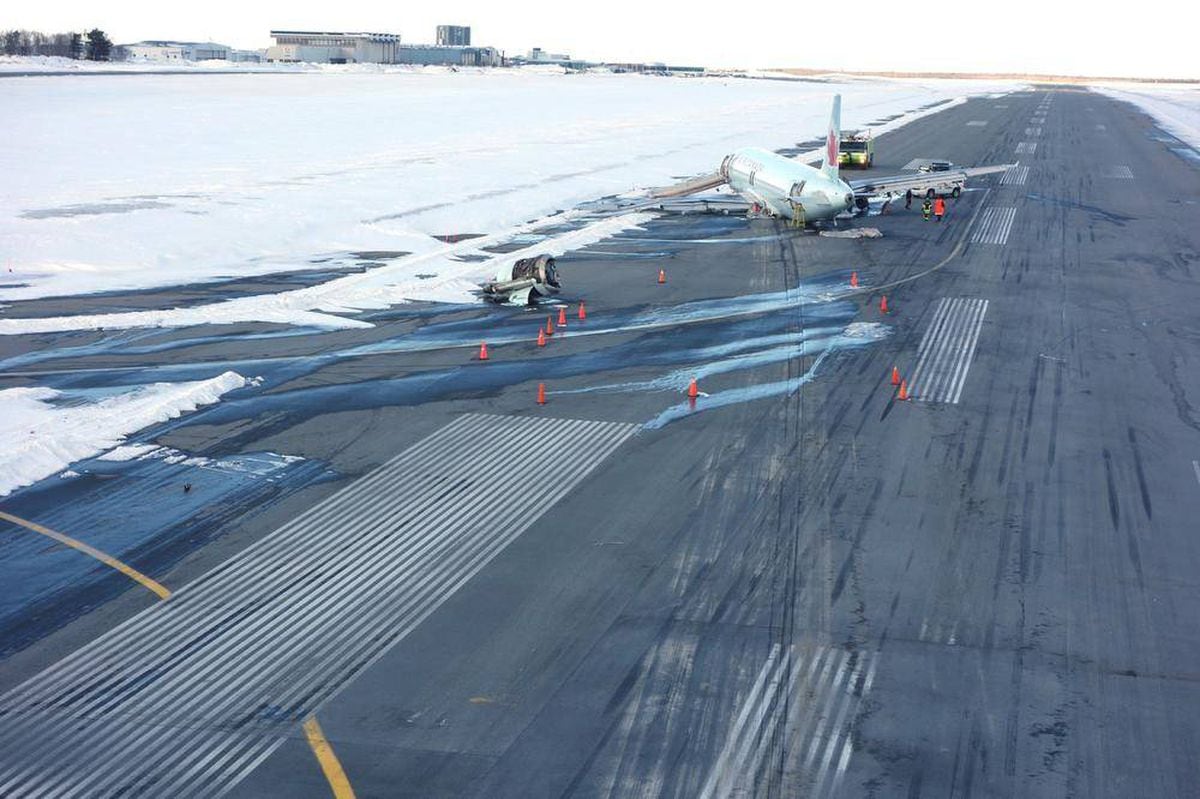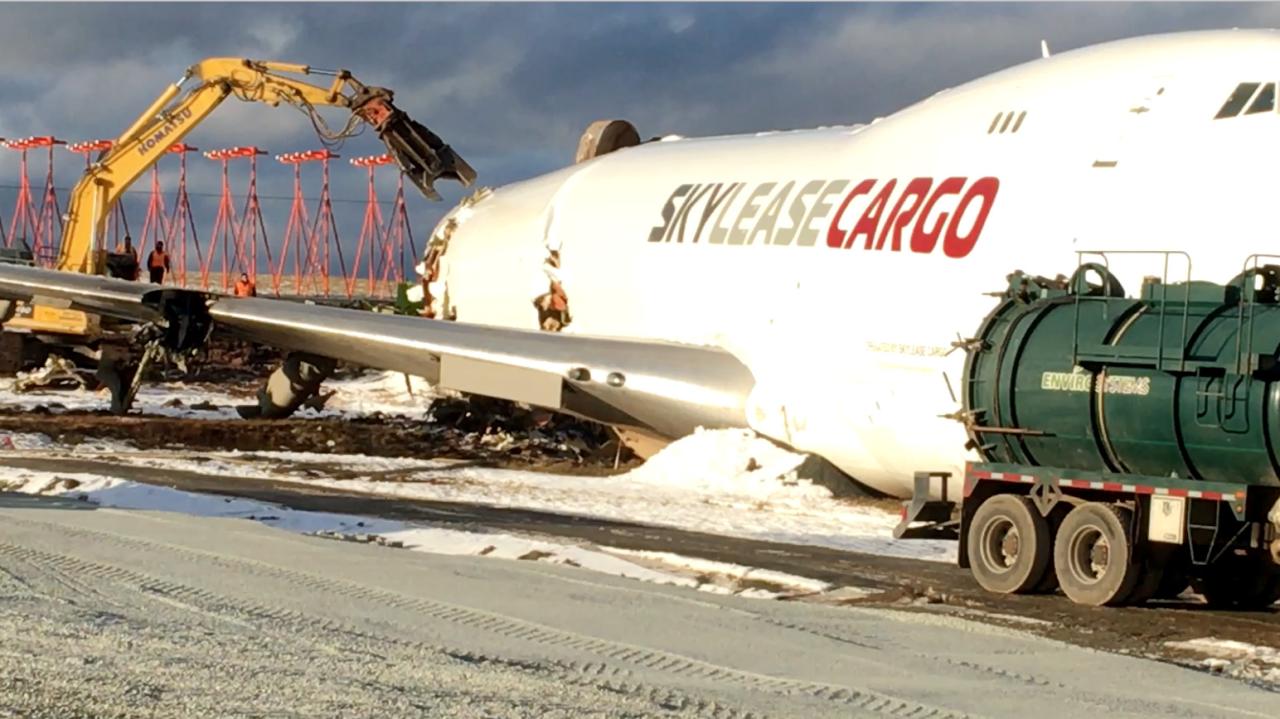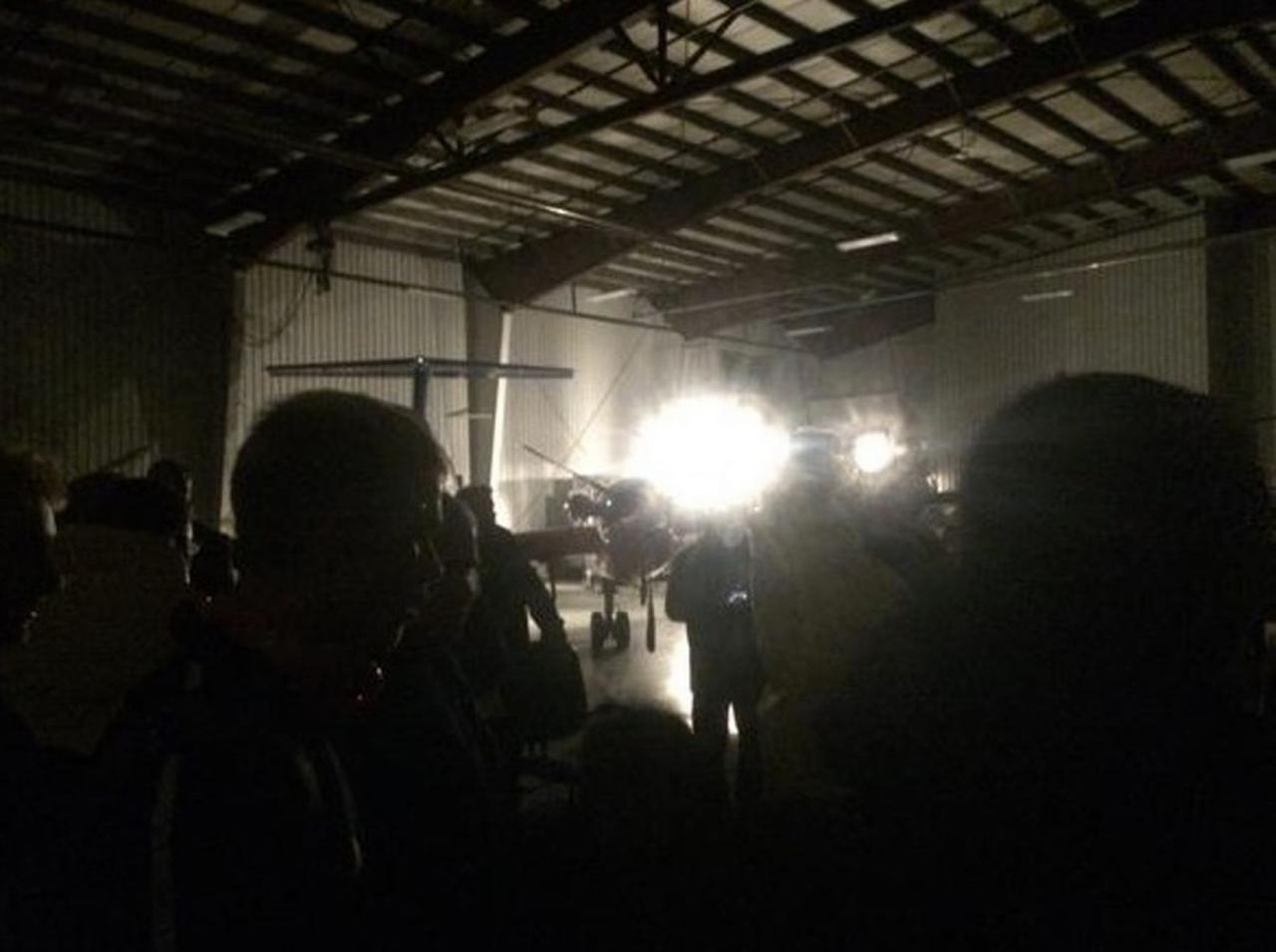Halifax Airport plane crash – the very phrase conjures images of chaos and devastation. This hypothetical scenario explores a plausible aircraft accident at Halifax Stanfield International Airport, examining potential causes, the immediate aftermath, and the long-term consequences for the airport, its community, and the aviation industry as a whole. We’ll delve into the human impact, economic repercussions, and the crucial role of emergency response procedures in mitigating the crisis.
By analyzing a detailed, realistic simulation, we aim to understand how such a tragedy might unfold, what lessons could be learned, and how future improvements in safety protocols and technology might prevent similar events. This isn’t just a hypothetical exercise; it’s a vital exploration of preparedness and the continuous pursuit of aviation safety.
Halifax Stanfield International Airport: A Hypothetical Plane Crash Scenario
This article explores a hypothetical plane crash at Halifax Stanfield International Airport, examining its historical context, potential causes, impact, and long-term consequences. It aims to provide a realistic scenario while emphasizing the importance of aviation safety and emergency response preparedness.
Historical Context of Halifax Airport
Halifax Stanfield International Airport has a rich history, marked by periods of significant growth and technological advancement in aviation. Understanding this history is crucial to contextualizing the potential impact of a major incident.
- Early Years and WWII: Initially serving as a military airfield during World War II, the airport saw immense activity, shaping its infrastructure and operational procedures. Safety regulations were rudimentary compared to modern standards.
- Post-War Expansion and Jet Age: The post-war era witnessed significant expansion, accommodating the introduction of jet aircraft. This period saw the development of more sophisticated navigation and communication systems, alongside evolving safety protocols.
- Modernization and Safety Improvements: Subsequent decades involved continuous modernization, including runway upgrades, improved terminal facilities, and the implementation of advanced safety technologies like Instrument Landing Systems (ILS) and ground radar. Several safety incidents, though not major crashes, prompted further improvements in safety measures and emergency response protocols.
The evolution of aircraft technology at Halifax has mirrored global trends, from propeller-driven planes to modern wide-body jets. This evolution has necessitated corresponding upgrades in airport infrastructure and safety protocols.
Specific Details of the Hypothetical Plane Crash

Our hypothetical scenario involves a Boeing 737-800, a common aircraft type, experiencing a catastrophic engine failure shortly after takeoff during a heavy snowstorm at 7:00 PM. Visibility is severely limited.
Potential causes include a combination of factors: a pre-existing mechanical defect in the engine exacerbated by the adverse weather conditions, coupled with possible pilot error in managing the emergency situation. The failure led to a loss of control, resulting in the aircraft crashing into a nearby wooded area.
The immediate aftermath involved a rapid emergency response, with fire and rescue crews arriving within minutes. The intense fire required significant firefighting efforts, and the scene was quickly secured to prevent further hazards.
Impact and Response

The hypothetical crash would have devastating consequences.
| Category | Number | Description | Impact |
|---|---|---|---|
| Fatalities | 150 | Passengers and crew | Significant loss of life, causing widespread grief and trauma. |
| Injuries | 20 | Ground personnel and first responders | Requires extensive medical care, potential long-term disabilities. |
| Property Damage | Significant | Aircraft wreckage, surrounding woodland, potential damage to nearby infrastructure. | Economic losses, environmental impact. |
| Psychological Impact | Widespread | Community members, families of victims, emergency responders. | Long-term psychological trauma, requiring significant support services. |
The economic impact would be substantial, including airport closure, disruption to air travel, and costs associated with rescue, recovery, and investigation. Media coverage would be extensive, potentially impacting tourism and the local economy. Public sentiment would likely range from grief and outrage to calls for improved safety measures.
Long-Term Effects and Lessons Learned
A crash of this magnitude would likely lead to significant changes in aviation safety.
- Enhanced Safety Regulations: Stringent inspections of aircraft engines, improved weather monitoring systems, and potentially new pilot training protocols focusing on emergency procedures during severe weather.
- Technological Advancements: Investment in advanced engine monitoring systems, improved aircraft design for better handling in adverse conditions, and potentially autonomous emergency landing systems.
- Comparative Analysis: The response would be compared to previous major aviation accidents (e.g., Air France Flight 447) to identify best practices and areas needing improvement.
The investigation would be thorough, identifying contributing factors and leading to improvements in safety procedures and technology, minimizing the risk of similar events in the future.
Visual Representation of the Hypothetical Crash, Halifax airport plane crash

The crash scene would be chaotic. The aircraft would be largely destroyed, with debris scattered across a wide area. Twisted metal, shattered windows, and remnants of luggage would be strewn amidst the trees. The surrounding forest would show signs of intense fire damage. The impact zone would exhibit significant ground scarring.
A first responder’s perspective would reveal a scene of intense heat, smoke, and the sounds of crackling flames and emergency sirens. The immediate priority would be to locate survivors and extinguish the fire, while ensuring the safety of first responders themselves.
The aircraft fuselage would show severe structural damage, with extensive crumpling and penetration from the impact. Engine components would be scattered, indicating a catastrophic engine failure. The tail section might be relatively intact, providing clues to the aircraft’s final moments.
Okay, so you’re interested in the Halifax airport plane crash? That’s a serious topic, definitely requiring detailed investigation. To lighten the mood a bit, have you seen any predictions about the squid game season 2 ending ? It’s a wild contrast, right? Anyway, back to the Halifax crash; we need to remember the gravity of such events and learn from them to improve future aviation safety.
Emergency Response Procedures
Effective emergency response is paramount. A step-by-step procedure should involve:
- Immediate Notification: Activation of emergency services through established communication channels.
- Scene Securing: Establishing a perimeter to prevent unauthorized access and ensure responder safety.
- Rescue and Extrication: Prioritizing the rescue of survivors, using specialized equipment as needed.
- Fire Suppression: Rapid and effective firefighting to contain and extinguish the blaze.
- Medical Treatment: Providing on-site medical care to injured individuals, and transporting them to hospitals.
- Debris Management: Securing and managing aircraft debris to prevent further hazards.
- Investigation: Collaboration between various agencies (Transportation Safety Board, etc.) to conduct a thorough investigation.
Effective strategies would involve clear communication, well-defined roles, and pre-planned coordination among emergency services. Ineffective responses often stem from communication breakdowns, inadequate resources, or insufficient training.
Fire services would focus on fire suppression, police on scene security and traffic control, and medical services on providing immediate and ongoing medical care to victims and first responders.
Final Thoughts

Ultimately, exploring this hypothetical Halifax Airport plane crash highlights the fragility of air travel and the critical importance of robust safety measures, effective emergency response, and continuous improvement within the aviation industry. The lessons learned from this imagined scenario, even in a hypothetical context, can contribute to real-world advancements in safety protocols and preparedness, ensuring the safety of passengers and personnel at Halifax Stanfield and airports worldwide.
Common Queries: Halifax Airport Plane Crash
What types of aircraft frequently use Halifax Airport?
Okay, so you’re looking into the Halifax airport plane crash? That’s pretty serious stuff. It’s a far cry from the fictional, yet intense, world of squid game 2 ending , but both involve high stakes and unexpected outcomes. Thinking about the unpredictability of those events makes you appreciate the importance of safety protocols, especially when it comes to air travel like at the Halifax airport.
Halifax Stanfield International Airport handles a variety of aircraft, from smaller regional jets to large international airliners.
How often do plane crashes occur at major airports globally?
While rare, plane crashes at major airports do occur, though the frequency is statistically low due to stringent safety regulations and advanced technology.
What is the role of the Transportation Safety Board of Canada (TSB) in an aviation accident?
The TSB investigates accidents to determine the causes and make recommendations to improve safety.
What kind of insurance covers damages in a plane crash?
The Halifax airport plane crash investigation is ongoing, a stark reminder of aviation’s inherent risks. It’s a far cry from the dazzling spectacle of the shanghai new year drone show , a display of technological precision and artistry. However, both events highlight the importance of safety protocols and meticulous planning, whether it’s in air travel or large-scale drone operations.
The Halifax incident underscores the need for constant vigilance in maintaining aviation safety.
Various types of insurance, including aviation liability insurance and passenger liability insurance, would cover damages resulting from a plane crash.
